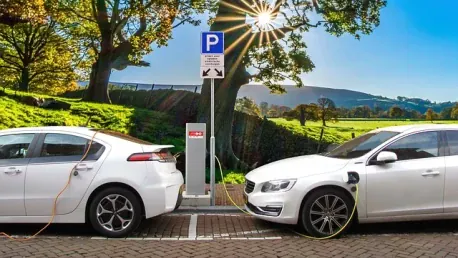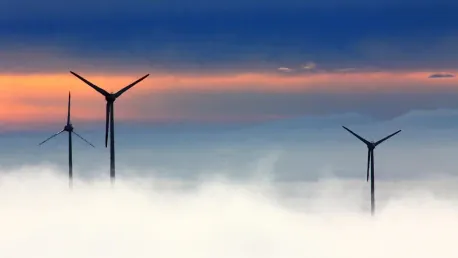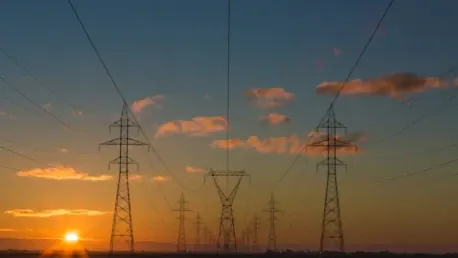
The transition to electric vehicles (EVs) for commercial fleets is an urgent and complex undertaking in the United States. The high initial costs, infrastructural hurdles, and logistical challenges form substantial barriers to this transition. However, the innovative solutions provided by the

Serica Energy’s initiative to explore the potential of electrifying its offshore oil and gas operations with floating wind turbines heralds an exciting leap towards sustainable energy. This partnership with SeaTwirl, a pioneer in floating wind turbine technology, aims to assess the feasibility, t

Floating wind energy is rapidly emerging as a pivotal solution in the UK’s quest to achieve its net-zero emissions target by 2050. This innovative technology offers a host of environmental, economic, and technological benefits that aim to transform the energy landscape. But what exactly does this e

The energy landscape in Australia is undergoing a significant transformation, largely driven by innovative projects spearheaded by companies like Akaysha Energy. Among their most noteworthy endeavors is the construction of a cutting-edge battery energy storage system (BESS) in Queensland, designed

Municipal permitting reform for distributed energy and backup power solutions in Texas is a pressing issue that impacts both grid reliability and consumer access to sustainable energy sources. The barriers posed by current permitting processes obstruct the widespread adoption of residential-scale

The future of Montana’s energy landscape is set to undergo a significant transformation as the state secures a substantial federal grant of $700 million for developing the North Plains Connector. This ambitious project aims to enhance the reliability and resilience of the electric grid, positioning